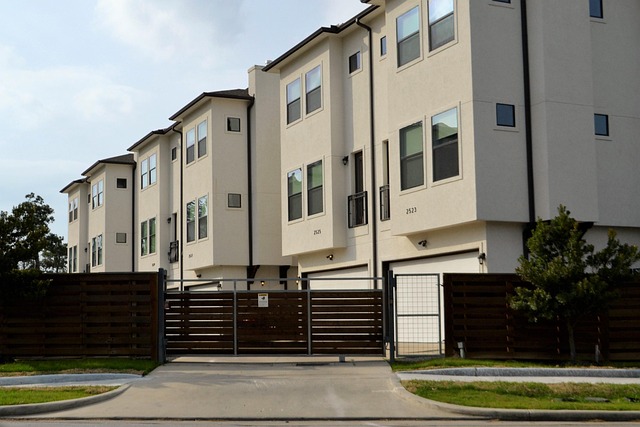Micro-Apartments: Big Solutions for Urban Housing Challenges
Introduction: In densely populated urban centers, a housing revolution is unfolding. Micro-apartments, typically ranging from 200 to 400 square feet, are emerging as a creative solution to address housing shortages and affordability issues. This compact living trend is reshaping urban landscapes and challenging traditional notions of home size. As cities grapple with population growth and limited space, these tiny dwellings are making a significant impact on real estate markets worldwide.

Economic Drivers Behind the Trend
The surge in micro-apartment developments is largely driven by economic factors. In cities like San Francisco, New York, and Tokyo, where real estate prices have skyrocketed, micro-units offer a more affordable entry point into desirable neighborhoods. For young professionals and students, these compact spaces provide an opportunity to live in prime locations without breaking the bank. Developers, too, see potential in micro-apartments, as they can potentially yield higher returns per square foot compared to traditional units.
Design Innovations in Small-Scale Living
Architects and interior designers are rising to the challenge of creating livable, even luxurious, spaces within tight constraints. Micro-apartments often feature high ceilings, large windows, and light colors to create a sense of openness. Modular furniture, such as Murphy beds and expandable tables, allows for flexible use of space. Some developments incorporate shared amenities like rooftop gardens, co-working spaces, and communal kitchens to complement the compact private units.
Regulatory Challenges and Urban Planning
The micro-apartment trend hasn’t been without controversy. City planners and policymakers grapple with questions about minimum living standards and the potential impact on neighborhood demographics. Some cities have revised building codes to accommodate these smaller units, while others have imposed restrictions. In Seattle, for instance, regulations were introduced to ensure micro-apartments meet certain size and amenity requirements. Balancing the need for affordable housing with concerns about livability remains an ongoing challenge for urban planners.
Market Impact and Investment Potential
From an investment perspective, micro-apartments present an intriguing opportunity. In markets with high demand for affordable housing, these units often command higher rents per square foot than larger apartments. However, investors should be aware of potential risks, such as regulatory changes or shifts in housing preferences. The long-term viability of micro-apartments as an asset class depends on factors like ongoing urbanization trends and the evolution of remote work policies.
Sustainability and Environmental Considerations
Micro-apartments align with broader trends towards sustainable urban living. Smaller living spaces generally consume less energy for heating and cooling, and compact developments can reduce urban sprawl. Some micro-apartment buildings incorporate green technologies like solar panels and rainwater harvesting systems. Additionally, their central urban locations often reduce residents’ reliance on cars, promoting walkability and use of public transportation.
The Future of Urban Housing
As cities continue to evolve, micro-apartments are likely to play an increasingly significant role in addressing housing needs. The concept is expanding beyond young singles to include options for couples, small families, and even seniors looking to downsize. Some developers are exploring modular construction techniques to build micro-units more efficiently and at a lower cost. The future may see entire neighborhoods of micro-apartments, complete with tailored services and community spaces designed to complement compact living.
Conclusion
Micro-apartments represent a bold reimagining of urban living spaces. While not without challenges, they offer a promising solution to housing shortages and affordability issues in major cities. As the real estate industry adapts to changing demographics and urban dynamics, micro-living could become a mainstream housing option rather than a niche market. For investors, developers, and city planners alike, understanding the potential and limitations of micro-apartments will be crucial in shaping the future of urban housing markets.





